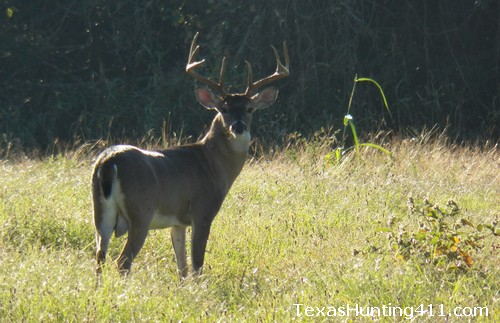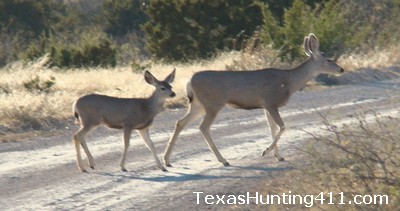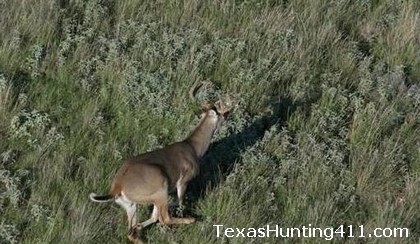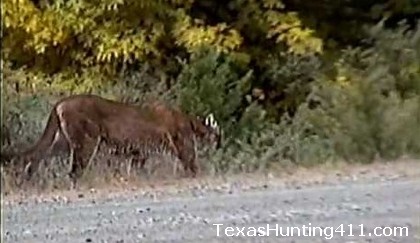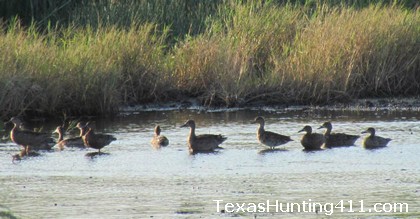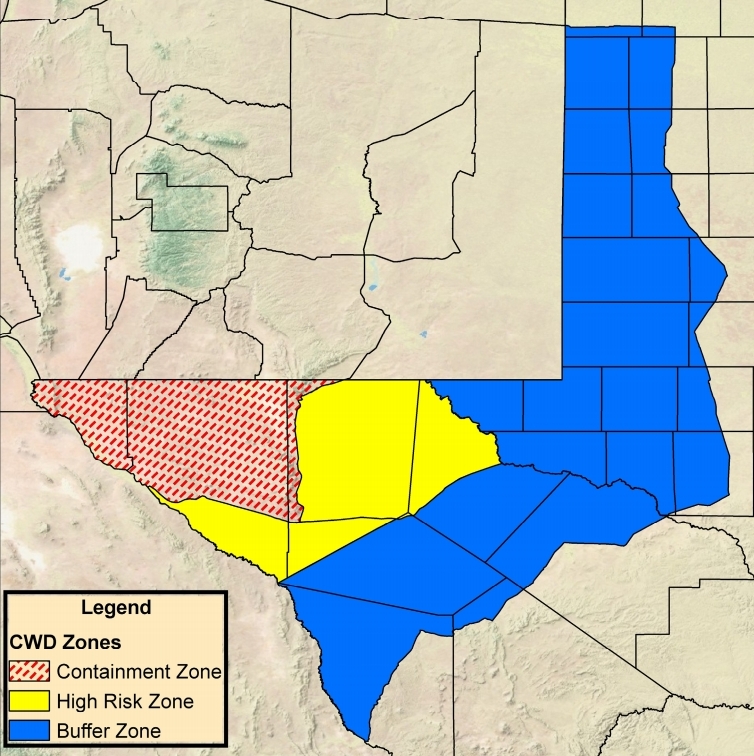Texas Parks and Wildlife Department (TPWD) is reminding mule deer hunters and landowners in the Trans-Pecos portion of West Texas about new procedures developed as part of TPWD Chronic Wasting Disease (CWD) response plan. The plan includes mandatory check stations for harvested deer and elk taken inside the CWD Containment Zone (map), which covers portions of Culberson, Hudspeth and El Paso counties. Hunters lucky enough to harvest a deer in the CWD zone need to make sure that they get their animal tested.
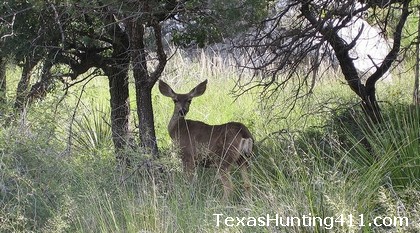
Source: The CWD response plan is being implemented after tissue samples from two mule deer in far West Texas this past summer tested positive for CWD. These are the first cases of CWD detected in Texas deer, whitetail or mule deer.
Hunters taking mule deer inside the Containment Zone during the general season, Nov. 23 – Dec. 9, are required to submit their harvest (unfrozen head) for CWD sampling at mandatory check stations within 24 hours of harvest.
“We recommend hunters in the Containment Zone and High Risk Zone quarter deer in the field and leave all but the quarters, backstraps and head at the site of harvest if it is not possible to bury the inedible carcass parts at least 6 feet deep on the ranch or take them to a landfill,” said Shawn Gray, Mule Deer Program Leader for TPWD.
Mandatory check stations will be open from 9 a.m. to 9 p.m. Nov. 23 – Dec. 10. Stations will be located in Cornudas at May’s Café (on US 62-180) and in Van Horn at Van Horn Convention Center (1801 West Broadway).
Hunters that harvest deer in the Containment Zone outside the general season under the authority of Managed Lands Deer Permits (MLDP) will need to call TPWD at (512) 221-8491 the day the deer is harvested to make arrangements to have the deer sampled for CWD.
In addition to protocols within the Containment Zone, TPWD has created a High Risk Zone for voluntary CWD sampling during the hunting season. Biologists have been collecting voluntary mule deer harvest data in the region since 1980 and this year CWD sampling will be offered in addition to age and weight measurements. Here is a list of voluntary mule deer check stations in West Texas.
